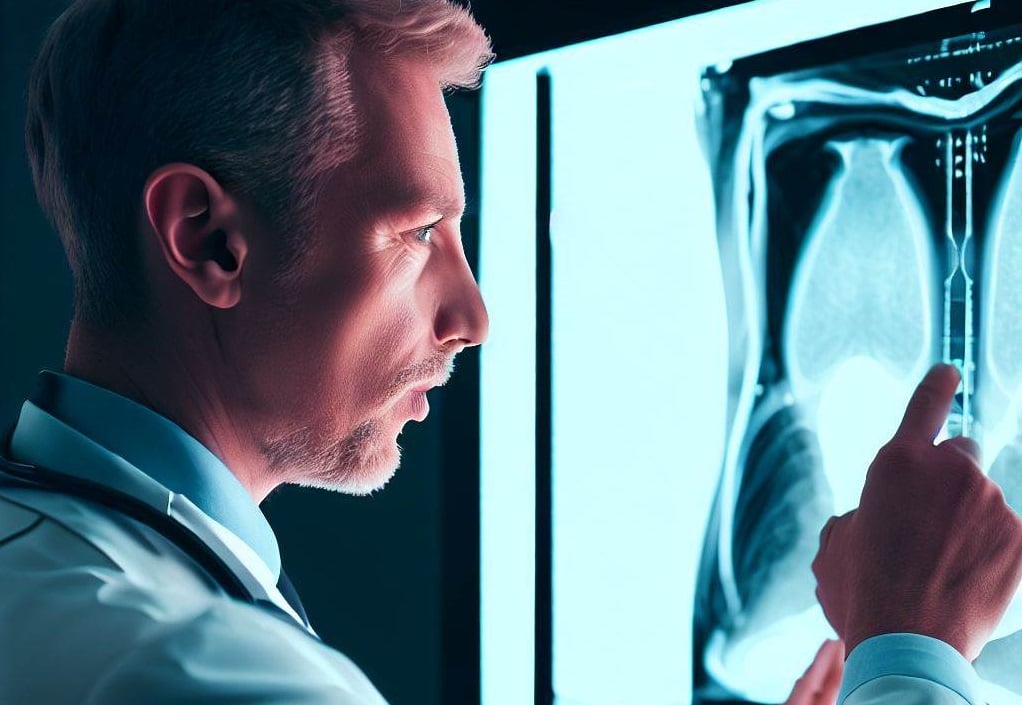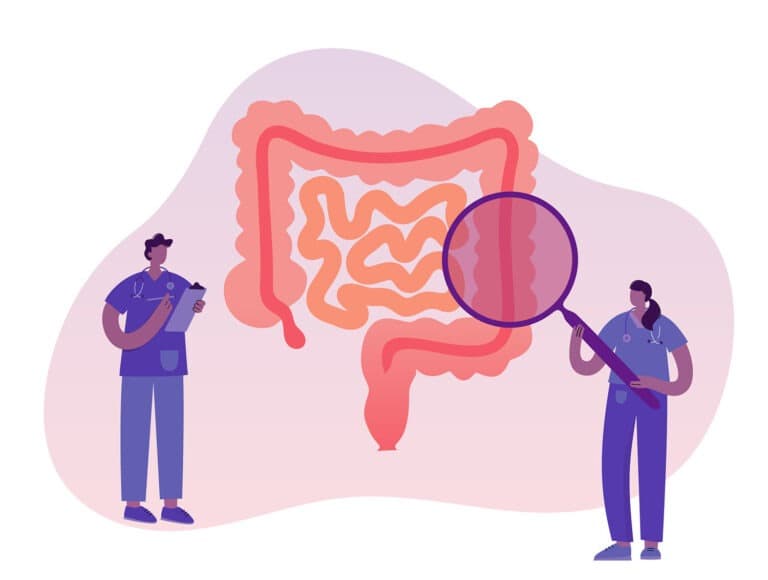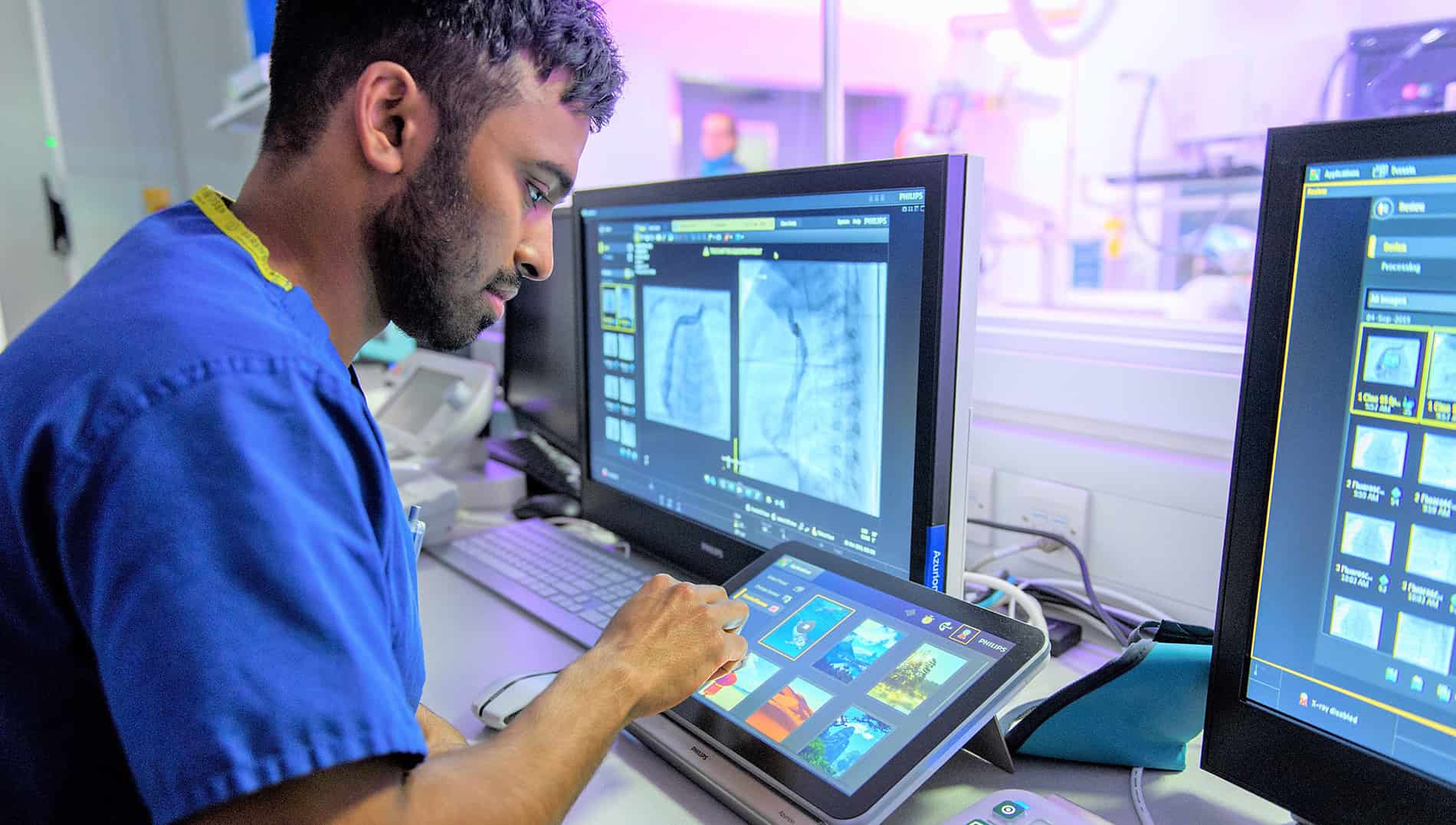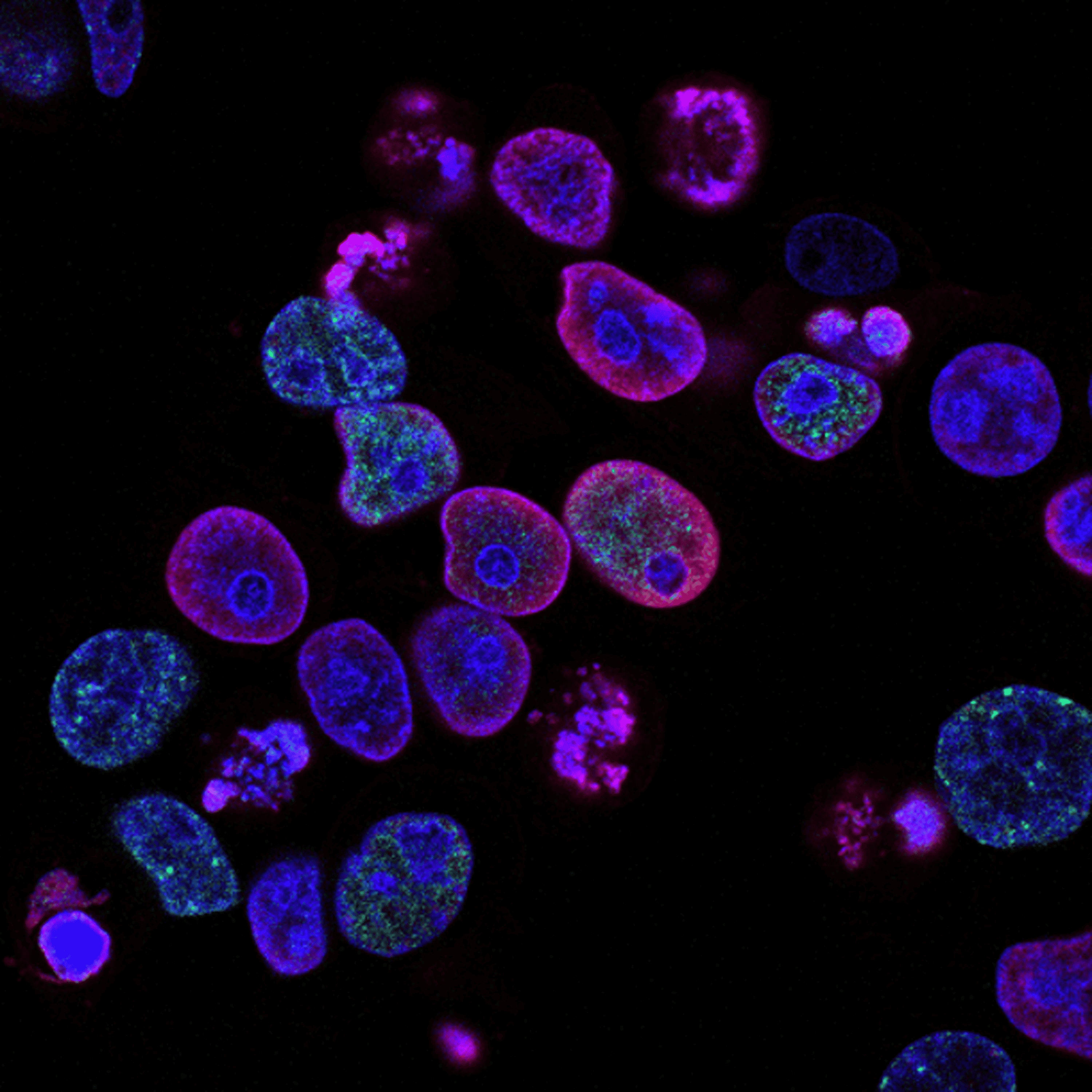
Mammography screening supported by AI is a safe alternative to conventional double reading procedures performed by radiologists, a new study shows. The Mammography Screening with Artificial Intelligence (MASAI) trial led by researchers at the University of Lund, Sweden, proved that AI detected more cancers and reduced doctors’ workload.
- The first randomized controlled trial evaluating the effect of AI-supported screening was conducted.
- AI proved to detect more cancers and to reduce radiologists’ workload.
- Further research will identify which cancer types were detected with and without AI support.
AI’s potential attracted lots of attention to support mammography screening, a medical check millions of women worldwide are called to every year. After taking the chest scans, two breast radiologists review each screening examination to ensure high sensitivity, so-called double reading. There is, however, a workforce shortage of breast radiologists in Sweden and elsewhere, which can put the screening service at risk.
“In our trial, we used AI to identify screening examinations with a high risk of breast cancer, which underwent double reading by radiologists. The remaining examinations were classified as low-risk and were read only by one radiologist. In the screen reading, radiologists used AI as detection support, in which it highlighted suspicious findings on the images”, says Kristina Lång, researcher and associate professor in diagnostic radiology at Lund University and consultant at Skåne University Hospital, who led the study.

The trial
The 80,033 women included in the safety analysis were randomly allocated into two groups: 40,003 women in the intervention group that underwent AI-supported screening and 40,030 in the control group that underwent standard double reading without AI support.
“We found that using AI resulted in the detection of 20 percent (41) more cancers compared with standard screening, without affecting false positives. A false positive in screening occurs when a woman is recalled but cleared of suspicion of cancer after workup,” says Kristina Lång.
At the same time, the screen-reading workload for radiologists was reduced by 44 percent. The number of screen readings with AI-supported screening was 46,345 compared with 83,231 with the standard screening.
Time-saving
The time aspect is important. Kristina Lång explains that, on average, a radiologist reads 50 screening examinations per hour. The researchers estimated that it took approximately five months less of a radiologist’s time to read the roughly 40,000 screening examinations in the AI group.
“The study was conducted on a single site in a Swedish setting. We need to see whether these promising results hold up under other conditions, for example, with other radiologists or other AI algorithms. There may be other ways to use AI in mammography screening, but these should preferably also be investigated in a prospective setting,” states Kristina Lång.

Further research
A total of 100,000 women have now been enrolled in the MASAI trial. The research team’s next step is to investigate which cancer types were detected with and without AI support. The primary endpoint of the trial is the interval-cancer rate. An interval cancer is a cancer diagnosed between screenings and generally has poorer prognosis than screen-detected cancers. The interval-cancer rate will be assessed after the 100,000 women in the trial have had at least a two-year follow-up.
“Screening is complex. The balance between benefit and harm must always be taken into account. Just because a screening method finds more cancers does not necessarily mean it’s a better method. What’s important is to find a method that can identify clinically significant cancers at an early stage. However, this has to be balanced with the harm of false positives and the overdiagnosis of indolent cancers. The results from our first analysis show that AI-supported screening is safe since the cancer detection rate did not decline despite a substantial reduction in the screen-reading workload. The planned analysis of interval cancers will show whether AI-supported screening also leads to a more accurate and effective screening program,” says Kristina Lång.






